Yuppie the ‘Mango’ is back!! And I’m definitely not talking about the fashion clothing company. Yes, today I’m all about the king of fruits, mangoes. I can truly say mango is my sole attraction for the summer. Otherwise I had gone to the bay during summer. Trust me, no kidding; it is a punishment for me to bear the scorching summer without any cooler. And mangoes do the justice neatly, indeed!
Every year I sort out few mango recipes ahead of time and plan to make them before the season goes off. And each time I buy a cart of mangoes I tell myself there are plenty to try out the recipes, there is no harm in having one or two as it is. Alas! That counter never stops ticking actually and I end up with an empty cart within few days. But this time I’m serious ( I’m all serious, seriously) and before I start behaving like truly myself and steal all the mangoes I’ve made a very special dessert with mangoes, Mango Fudge or Aam Sandeshfor Poila Boisakh (Bengali New Year). Last year I also had the plan to do same but ended up with Gajorer Sandesh (layered Carrot Fudge).
This Aam Sandesh is very close to my heart. It’s not only because I’m in awe with mangoes, but also it was first introduced to me by my late grandfather. He was a die hard fan of mangoes ( now I can see it’s all genetic) and all the venders from the market were aware of his passion. So the first mango of the season used to find its way to our home anyway. It was also the day of Poila Boisakh (Bengali New Year) when someone had mentioned this Aam Sandesh to him. He eventually found his way to the shop and he dint forget to tag me along to celebrate the first day of Bengali Calendar. (To know more about Bengali New Year, click here)
It was long long ago, almost 20 years back. Naturally I can’t actually remember the taste but all I have a image of the sandesh in my mind; a tiny piece of mango on the top of a square sandesh (not to mention the sandesh was regular one). But it was a big thing back then and little I was so excited about it along with grandpa. So I just made my own version of this Mango Fudge or Aam Sandeshas a tribute to my grandpa on this Poila Boisakh (Bengali New Year). As my father had sent me few wooden molds including a fish mold last year, I utilized it as fish is known as auspicious to us, Bengalis. I used my Homemade Cottage Cheese & Homemade Khoya/Mawa along with fresh mango for this recipe.
Here is my version of Mango Fudge or Aam Sandesh recipe for you all.
Preparation Time: 10 mins
Cooking Time: 20 mins
Resting time: 00 mins
Total Time: 30 mins
Yield: 15-18 medium sized fudge
Ingredients:
Fresh Cottage cheese: 200g (homemadeor store bought)
Finely grated khoya/mawa: ¼ cup (homemadeor store bought)
Condensed milk: 2 tbsp (or approx. equal amount sugar) (See Tips)
Mango: 1, large (fully ripe)
Mango essence: 2 drops
For Garnishing:
Black cardamom/pistachio slivers
Preparation:
You can use either homemadeor store bought cottage cheese for this recipe but remember the cottage cheese/chenna needs to be fresh and moist but definitely not watery or dry. Same goes for the khoya/mawa.
Peel the mango and roughly chop the pulp. Or if you are using canned mango, drain the liquid as much as possible and reserve the mango chunks. Blend the mango pulp by using a blender. Puree should be smooth not chunky at all unless you like to have tiny bites of mangoes in your sandesh/fudge like me.
Add the cottage cheese into the puree and pulse for 1-2 secs to smooth things out. Don’t add any kind of liquid. The mixture should be dense and thick.
Mix the mango mixture & mawa/khoya in a heavy bottomed non-stick pan. Switch on the flame and keep it on simmer. Place the pan on flame. Keep stirring continuously. Don’t stop stirring in between otherwise mixture will stick at the bottom and it will give the smoky flavor to the dish which is the least thing you will want in your dessert. Pour the condensed milk/sugar/sweetener and the mango essence into the mixture and mix as much as possible with a ladle. Quickly it will start becoming like liquid milk. Don’t panic. Keep stirring on slow flame. (See Tips)
After 3-4 mins it will start to thicken. This is the crucial moment. Don’t stop stirring now. Within a few more minutes you will notice mixture is not sticking to the pan and it is forming smooth dough like lump. This is time to switch off the flame and keep the mixture in the pan itself to cool down a bit for easy handling. (See Tips)
Once the mixture is cool enough to touch with bare hands, knead well to make the dough smooth & grain free. If you feel your dough is too dry add 1-2 tsp of warm milk. If you find the dough is not tight enough, apply 1 drop of clarified butter/ghee on your palms and continue kneading. Grease your palms with clarified butter or ghee and take 2 tbsp of the mixture in your palm. Roll it between your palms and give it a shape of ball. (See Tips)
Then stretch the ball slightly sidewise to give it the oblong shape. Grease the mold with few drops of clarified butter/ghee and press the dough oblong evenly on it to get the impression neatly. Don’t press it too hard otherwise sandesh/fudge will break apart. While working with one portion of the dough, keep the rest of the dough covered. (See Tips)
Now gently turn the dough filled mold upside down and unmold the fudge with your fingers. Avoid pressing with pressure; fudge is still very soft and fragile. Follow the same technique with the rest of the dough. Use different molds to create new surprises. (See Tips)
Sprinkle the black cardamom or pistachio slivers (whichever you are planning to use) on top and press very gently to set it properly without destroying the shape. Mango Fudge or Aam Sandesh is all set to serve fresh.
It tastes best when served at room temperature. Arrange the excess Aam Sandesh or Mango Fudge in airtight container and refrigerate. They will be fresh up to 12-15 days if stored well. But always bring them to room temperature before serving. (See Tips)
Tips:
1. If you are not a sweet lover, skip sweetener. The mango is already sweet and it will give you very mild sweet taste.
2. The mango already gave me a bright and nice yellow color which I was looking for. If you want more yellowish hue, add colored mango syrup instead of sweetener. Or you can add few drops of food color too which I avoid to use if possible.
3. The entire process of cooking of khoya will take 6-10 mins maximum for the specified amount.
4. While kneading the khoya you may feel grains in between your fingers and palm. Don’t be afraid. It can happen due to over cooking of the khoya. Just keep kneading the khoya with little pressure with 1-2 tsp of warm milk. After a while you will feel smooth grains free dough.
5. If you leave the dough in open air while you are working with small balls, it will lose its moisture and will become too dry to handle.
6. You can also use any molds of your choice. Or you can also use cookie cutter to create exciting shapes.
7. If you want to store the sandesh/fudge in two layers, spread a butter paper between two layers. Thus they will not stick to each other and will be easier to handle later.
Subho Noboborsho to All!
Sharing this recipe with http://www.myturnforus.com/2014/05/freedom-fridays-with-all-my-bloggy.html?utm_source=feedburner&utm_medium=feed&utm_campaign=Feed%3A+blogspot%2FZBMqEv+%28My+Turn%29
















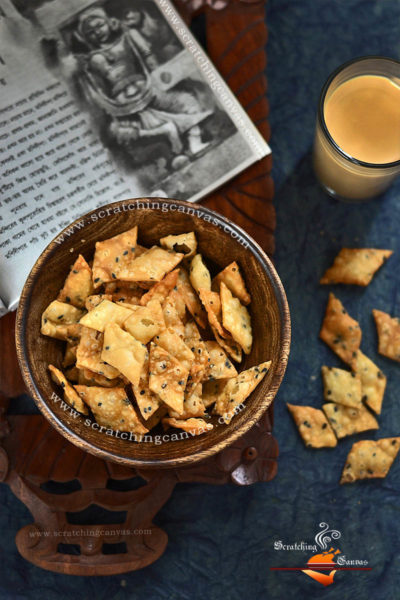
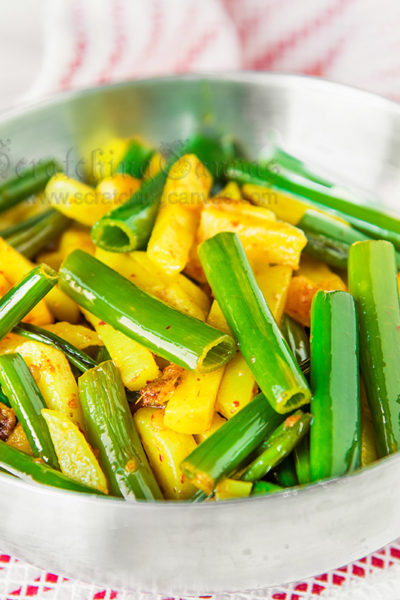
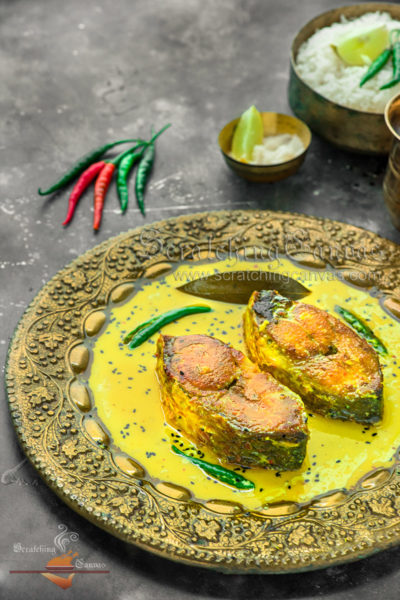
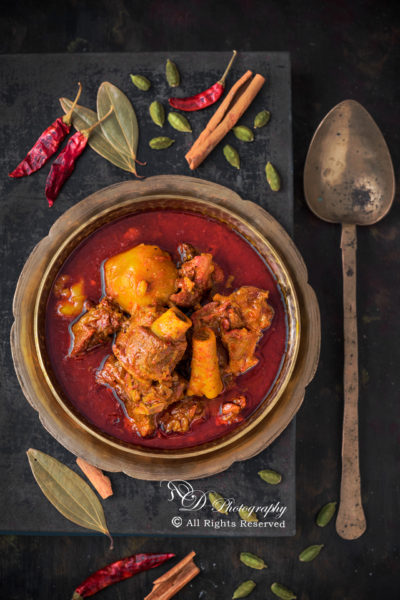
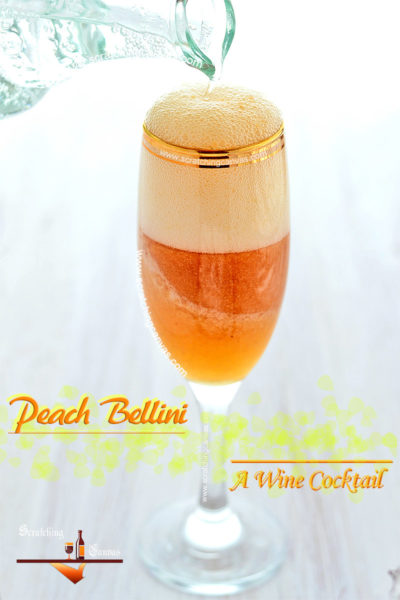
Awesome write-up. I am a regular visitor of your website and appreciate you taking the time to maintain the excellent site. I’ll be a frequent visitor for a really long time.